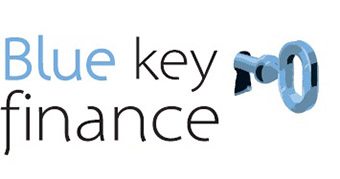Investors can boost their cash flow by applying for a tax variation
We all know that there are tax perks that come with owning an investment property or two. That can mean a nice tax refund when you submit your tax return at the end of the financial year. But if cash flow is a problem, you might not have to wait until then.
You may be able to improve your position by applying to the tax office for a variation to the calculation of your tax. It requires paperwork but essentially you’ll end up getting the deduction each time you are paid by your employer rather than after you lodge your return, once a year.
Let’s say you earn $80,000 a year. You would have $738 tax deducted from your pay each fortnight. You estimate that you lose $12,000 a year on your investment property, which means your taxable income is $68,000. If you apply for a variation to have your withholding rate based on $68,000 you’d pay just $580 a fortnight – an extra $158 in your pocket each fortnight.
The PAYG withholding variation application form can be lodged online at www.ato.gov.au or you can complete a paper application. A paper form can take up to 56 days to process, whereas an electronic lodgement should be processed within 28 days, says the ATO.
Your application will only be processed if all your required tax returns and other documentation are up to date and you don’t have any tax debt owing to the Australian Government.
If your application is approved, the tax office will tell your employer your new tax rate and they will adjust your pay so you have more each fortnight. You will also receive a letter that will give you an “expiry” date. To continue to have reduced tax withheld from payments after this date, you must lodge another application at least six weeks before the expiry date. You used to have to apply for a variation each year but now they may be issued for more than one year – just check the expiry date on your letter.
If you change jobs during the year, you’ll need to put in a new application to the tax office for your new employer. The ATO also asks that you advise it of any change in your circumstances – for example, when you sell a rental property, or your taxable income changes to the extent that you will receive a debit assessment of $500 or more.
You will still have to lodge a tax return so that the tax office can calculate your actual tax liability. This means you need to be very careful with your assessment as there is no benefit in having extra cash if you end up with a large tax bill at the end of the financial year. It’s probable a good idea to chat to your Accountant and also get a tax depreciation schedule done to make sure your calculations are on the money. Getting it wrong could also spoil your chances of future approved variations.
If you haven’t already, click here to download our FREE E-Book on “Investors” or email us instead and we’ll send it to you within 24 hours.




Thanks Matt
Our accountant applied for this for us as part of our tax return. I believe it has been much better to get the extra money each pay (than at the end of the tax year)to cover the bills as they arise.
I would say, though, that I would not feel confident to apply for it myself. Too much chance I would get it wrong but the our accountant took care of it for us and even tweaked it a bit this year.